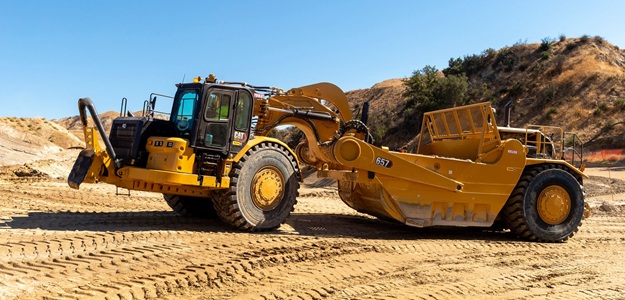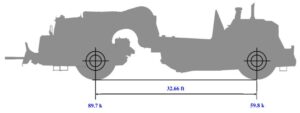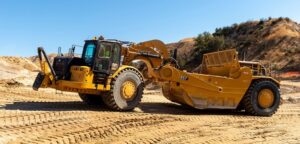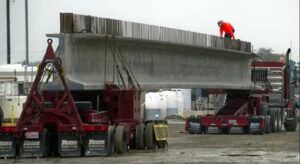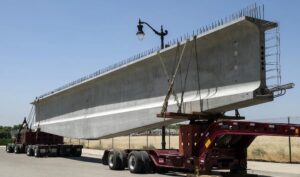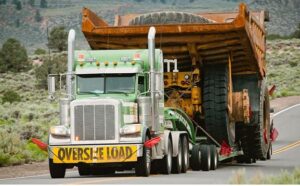It’s a question we’re asked all the time—usually while someone points at a massive piece of construction equipment.
The short answer? If the vehicle can legally drive down a public road without an overweight permit, it can likely cross one of our buried bridges or arches. But as you might expect, the real answer depends on more than just total weight—and it usually leads to more questions.
This post walks through the design methodology behind how we determine whether a structure can support a given load—and why axle weight and spacing matter more than total vehicle weight.
Minimum Design Loads for Bridges
In the U.S., buried bridges and culverts are typically designed using AASHTO LRFD Bridge Design Specifications (BDS). These specifications require design for the HL-93 loading, a combination of:
-
Design Truck (similar to the legacy HS-20 truck)
-
Design Tandem (two 25,000 lb axles spaced 4 ft apart)
-
Plus a lane load of 640 lb/linear foot over a 10-ft width
These aren’t meant to represent specific trucks but to envelope the axle loads and configurations a bridge might see over its lifespan.
Because of this, axle weights and spacing are far more important than overall weight when evaluating a particular vehicle.
Permit Vehicles and State Variations
Some jurisdictions also require design for specific permit vehicles. For example:
-
California’s Caltrans design criteria includes the P-15 permit vehicle as part of its BDS amendments.
Designers should always check with local agencies for specific requirements. Not every structure will need to be designed for permit loads—especially in urban or restricted environments. See photos below for examples of permit loads.
In the case of buried arches, even when designed for permit loads, the effects may not be critical because the vehicle loads are distributed through the soil.
What About Construction Equipment?
The most common question we get is whether construction equipment—like scrapers and graders—can cross a structure during the construction phase.
One frequent example: the Caterpillar 657 Scraper
-
Front Axle: 89,650 lbs
-
Rear Axle: 59,767 lbs
-
Wheelbase: 32.66 ft
These axle loads are 2–3 times higher than the HL-93 design vehicle—and pose significant challenges if not accounted for in design. At this stage, retrofitting is rarely feasible. However, if we know early in the process, we can design a designated material-hauling lane to support this equipment.
Note: This doesn’t apply if equipment is transported on flatbed trailers. We’re only concerned when the equipment itself is driven over the structure.
Bottom Line
-
All structures are designed for at least HL-93 loading
-
Axle weight and spacing drive structural performance—not total vehicle weight
-
Permit vehicles may be included in design, depending on local requirements
-
Heavy construction equipment is rarely supported unless planned for ahead of time
If you’re unsure whether your equipment can cross a buried bridge or arch, the best time to ask is during design—not construction.
Examples of permit loads:

